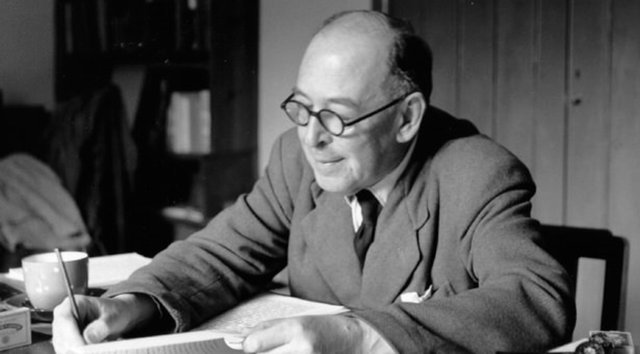October 16 in Christian history.

On October 16, 1950, C. S. Lewis’ The Lion the Witch and the Wardrobe made its entrance into the shelves and hearts of readers around the world.
The book is a retelling of the classic story of sacrifice and redemption in fairy tale form. Critics were less than enthusiastic toward the novel. Fairy tales were thought of as outdated and infantile and the Christian message was scorned as overly blatant. Never the less, C. S. Lewis’ novel became an international sensation. The seven books of the Narnia series were released in seven consecutive years to the anticipation of millions of hungry fans.

C. S. Lewis was born in Ireland in 1898. He studied in Oxford and fought in World War I. He returned to England after sustaining an injury while fighting in the trenches. He became a professor and taught at Oxford for nearly thirty years during which time he published numerous books, essays and poems.
It was not until he was 40 that he converted to Christianity. He later wrote that he came to Christ “kicking, struggling, resentful, and darting his eyes in every direction for a chance to escape”. He would go on to become the most influential Christian writer of the 20th century.
He was a prolific philosopher and theologian. He, along with his Oxford mate J. R. R. Tolkien, believed that the truths of God could best be expressed through art and imagination. They believed that stories and myths form the very foundations of every civilization, and that the age of cold intellect and science had vastly underrated the imagination.

His works include Mere Christianity, The Great Divorce, The Screwtape Letters, and Out of the Silent Planet. However, he is best remembered for The Chronicles of Narnia series. These books feature talking animals, alternate worlds, knightly quests, and magic spells, yet manage to express biblical wisdom with mature nuance and piercing clarity.
C. S. Lewis was inspired to write The Lion the Witch and the Wardrobe based on a strange image of a fawn in a snowy wood which he had carried in his head since he was 16. He received further inspiration from three children who came to live with him during World War II to escape the bombings in London. He said that this experience gave him a renewed sense of the joy of childhood.
.jpg)
The Seven books cover topics as broad as creation, redemption, forgiveness, sanctification, providence, faith, and the eschaton with the levity and dry charm that is characteristic of Lewis’ style. Scenes like Aslan breathing the statues to life, Shasta encountering Aslan’s providence, Eustace attempting to remove his dragon skin, and Puddleglum stubbornly clinging to faith are memorable moments and potent lessons; for many, they are familiar illustrations commonly used in Sunday-morning sermons.
Today, The Lion the Witch and the Wardrobe remains as popular as it ever was. It has impacted millions of readers and is rightly regarded as a necessary addition to the library of any Christian home.
Verse of the day: Romans 5:8
But God demonstrates his own love for us in this: While we were still sinners, Christ died for us.